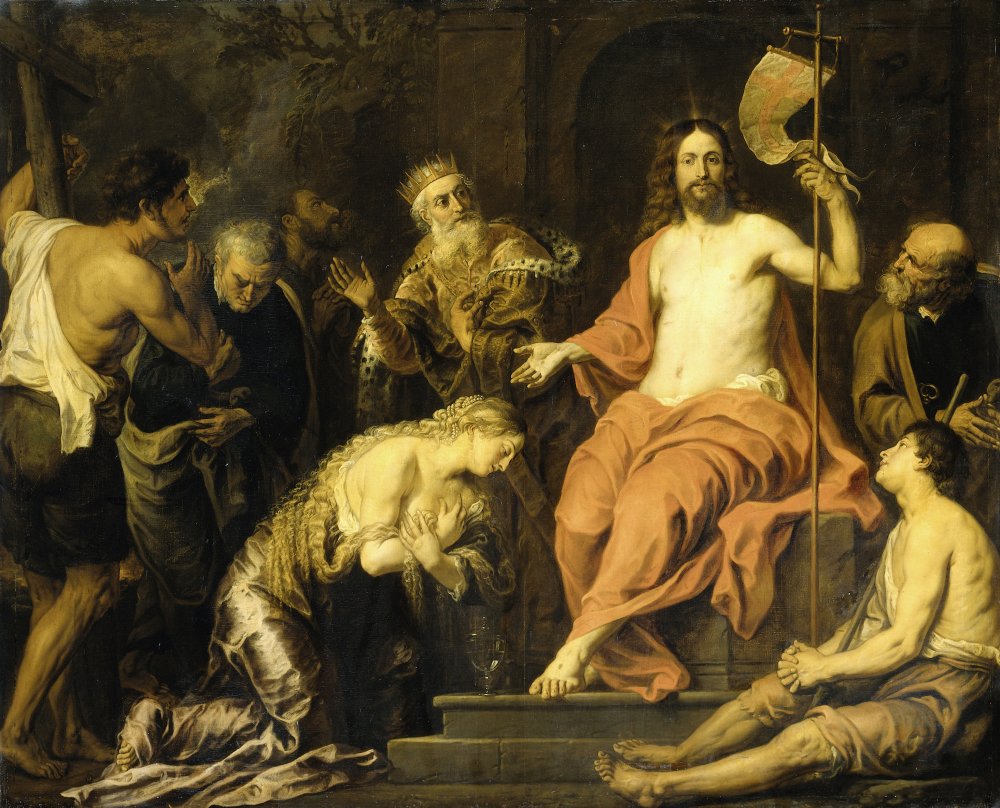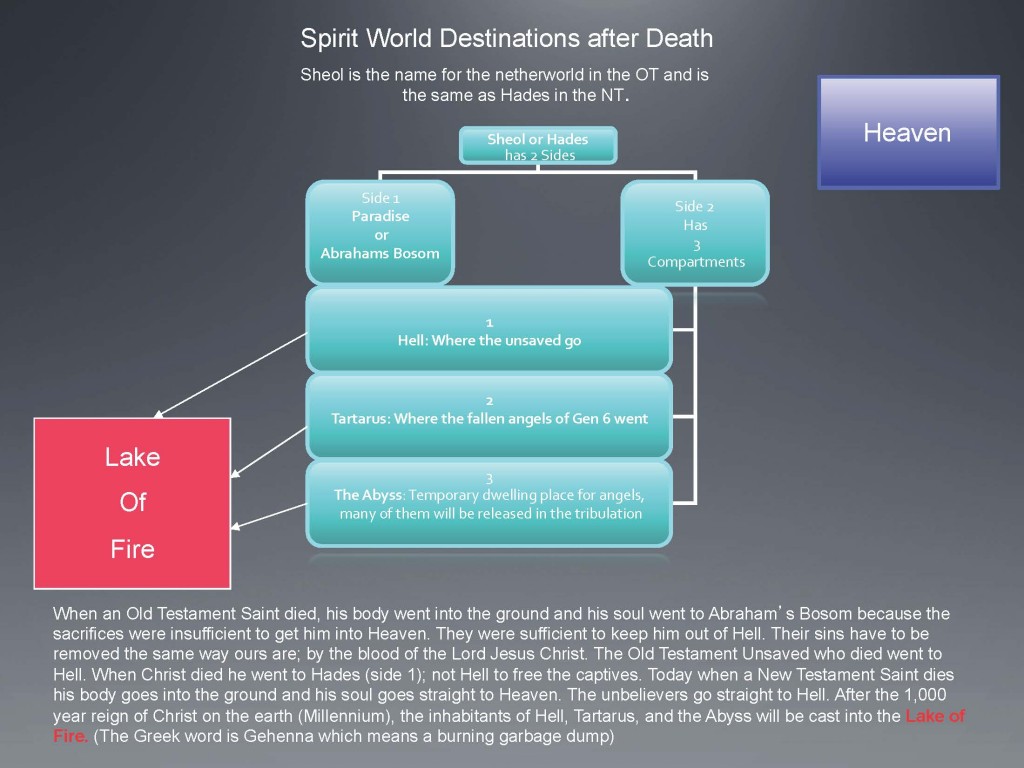WHO DO YOU SAY THAT I AM? THEREFORE WHO WILL BELIEVE?
Who Do You Say That I Am? Therefore Who Will Believe?
This question that Jesus asked His disciples is the same one we must ask ourselves today. Whom do we say this man, Jesus of Nazareth is? When He asked this of them He preceded it with a more general question regarding His identity. The question is important enough to appear in three of the Gospels (Matthew 16:13; Mark 8:27; Luke 9:18).
Matthew 16:13
13 When Jesus came into the coasts of Caesarea Philippi, he asked his disciples, saying, Whom do men say that I the Son of man am (KJV)?
This question raises some issues that are very relevant today and continue to be questioned just as they were during Jesus first advent. This is the issue of who He is? This issue is of the utmost importance because of who God is and who Jesus Himself claimed Him to be.
Jesus and His disciples left the Galilean region in the north of Israel and travelled north about thirty miles to the costal city of Caesarea Philippi which was the tetrarchy of Herod Philip who was Herod Antipas’ brother. It was named after the Roman Caesar Augustus. Today it is a modern upscale resort city, which retains Herod’s palace. Once they arrived there Jesus asked them who do the people say that He is. Interestingly they said He is being called a prophet such as Elijah, Jeremiah or others. Others said that He was John the Baptist who at this time was murdered by Herod.
After listening to these statements from His disciples of who the general population was saying He was He specifically asked them “who do you say I am.” This question is extremely profound since He took His question from focusing on the general population’s identification of Him to the specific of what the individual thought He was. Now we know how Peter responded. He said, “You are the Christ, the Son of the living God.”
Matthew 16:16
16 And Simon Peter answered and said, Thou art the Christ, the Son of the living God (KJV).
But the important aspect of this is what people will say today and that is something similar to what the general population said back in the day when Jesus walked the earth. People will explain away His divinity and call Him a man who was not just an ordinary man but a very special rabbi or teacher. Rarely will His divinity be affirmed. Why is that? The answer is in the way Jesus responded to Peter’s correct identification of Jesus.
Matthew 16:17
17 And Jesus answered and said unto him, Blessed art thou, Simon Bar-jona: for flesh and blood hath not revealed it unto thee, but my Father which is in heaven (KJV).
This is the key to understanding how anyone can realize who Jesus is. God Himself must supernaturally give that awareness to them. Only God will provide the understanding. It cannot be discerned from the general population or even evaluating the eyewitness accounts. While proving who Jesus is can certainly be discerned from the eyewitness accounts the actual realization must be spiritually discerned. That can only come as a result of God choosing who will be able to understand. This then forms the basis for salvation. God has chosen who will understand and believe, just as Peter believed and God the Father revealed it to him. Even though Peter would deny Him God had revealed Jesus’ true identity to him.
The Bible makes it very clear that there is no other person through whom salvation can be achieved. Salvation comes through only Jesus.
Acts 4:11-12
11 This is the stone which was set at nought of you builders, which is become the head of the corner. 12 Neither is there salvation in any other: for there is none other name under heaven given among men, whereby we must be saved (KJV).
This verse from the apostle Peter makes it quite clear that Jesus is the only way. In fact he is referencing Psalm 118:22-26 which discussed the coming of the Lord Jesus as the Head of the Corner.
Psalm 118:22-26
22 The stone, which the builders rejected, Is become the head of the corner.
23 This is Jehovah’s doing; It is marvellous in our eyes. 24This is the day which Jehovah hath made; We will rejoice and be glad in it. 25 Save now, we beseech thee, O Jehovah: O Jehovah, we beseech thee, send now prosperity. 26 Blessed be he that cometh in the name of Jehovah: We have blessed you out of the house of Jehovah (ASV 1901).
Here the Psalmist is declaring that Jesus will be rejected but He is the Head of the entire building (corner) and God the Father will bring Him. Paul affirmed this in Ephesians 2:20 when he said that Jesus Christ Himself is the chief Corner Stone of the Church. And as we have seen so did the apostle Peter. We the believers will rejoice and be glad. He is the one that was Prophecied to come in the name of Jehovah. There are many other Old Testament prophecies letting the Jews know that their Messiah would come starting with Genesis 3:15 and continuing throughout the entire OT (Micah 5:2; Psalm 2:7; Genesis 49:10; Isaiah 7:14 etc.). With salvation is no other but Jesus and since He did not arrive on the earth for several thousand years from the first prophecy, how did the OT folks get saved? Did God simply forget His people that He had chosen to bring His Bible and Messiah to the world. No He did not. People in the Old Testament were saved the same was they are today by the grace of God, through their faith in the finished work of Jesus Christ.
Salvation in the Old Testament
Many people in Israel loved God and wanted to dedicate their lives to Him. They faithfully carried out the commands of the Law as best as they could, waiting for the Savior of mankind to appear. The Gentiles who became aligned with Israel came to realize this too. Consider Ruth and Rehab. Others who came into the Commonwealth of Israel as converts were aware of this too. They became part of the Commonwealth of Israel as proselytes. In doing so they would share in the salvation if they were chosen by God unto belief. One chief example of an Old Testament Jewish saint is Simeon.
Luke 2:21-32
21 And when eight days were accomplished for the circumcising of the child, his name was called JESUS, which was so named of the angel before he was conceived in the womb. 22 And when the days of her purification according to the law of Moses were accomplished, they brought him to Jerusalem, to present him to the Lord; 23 (As it is written in the law of the Lord, Every male that openeth the womb shall be called holy to the Lord;) 24 And to offer a sacrifice according to that which is said in the law of the Lord, A pair of turtledoves, or two young pigeons. 25 And, behold, there was a man in Jerusalem, whose name was Simeon; and the same man was just and devout, waiting for the consolation of Israel: and the Holy Ghost was upon him. 26 And it was revealed unto him by the Holy Ghost, that he should not see death, before he had seen the Lord’s Christ. 27 And he came by the Spirit into the temple: and when the parents brought in the child Jesus, to do for him after the custom of the law, 28 Then took he him up in his arms, and blessed God, and said, 29 Lord, now lettest thou thy servant depart in peace, according to thy word: 30 For mine eyes have seen thy salvation, 31 Which thou hast prepared before the face of all people; 32 A light to lighten the Gentiles, and the glory of thy people Israel (KJV).
Several observations can be gleaned from this passage.
- Jesus according to Jewish Law had to be circumcised on the eighth day of His life.
- Simeon the OT Jewish man was waiting in the Temple for the Lord to present His Christ (Messiah).
- God’s Spirit the Holy Spirit led him to the temple and revealed to him that His parents were bringing Jesus to the Temple.
- He held Jesus and realized that salvation only comes through this Jesus to the Gentiles as well as the Jews.
- This salvation is for people from all over the earth.
- Simeon saw the fulfillment of his patient waiting and was then ready to leave this life to be in the presence of God.
When a righteous person in the Old Testament died their soul went to Abraham’s bosom as shown in Luke 16. This story told by Jesus is a factual story not a parable since individual names are given. However since their righteousness and attempts to keep the Mosaic Law were insufficient to get them to Heaven their bodies went into the ground and their souls went to the good part of Sheol. Sheol in the Old Testament is the same as Hades in the New Testament. Prior to the opening of Heaven at Christ’s death and resurrection all souls went to Sheol, some to the good side and some to the bad side. Notice from the illustration there are three compartments to the bad side of Sheol. The saved when to the good side and awaited the death of Jesus. Their sins need His salvation just like everybody else does. When Jesus was in the ground for those three days He went to Hades to free the captives. He did not go to Hell, He went to Hades. Many of our Bibles mistranslate this and say it was Hell. That is incorrect. Today when a New Testament Saint dies his body goes into the ground and his soul goes straight to Heaven. The unbelievers go straight to Hell. After the 1,000 year reign of Christ on the earth (Millennium), the inhabitants of Hell, Tartarus, and the Abyss will be cast into the Lake of Fire. (The Greek word is Gehenna, which means a burning garbage dump)
Daniel E. Woodhead




